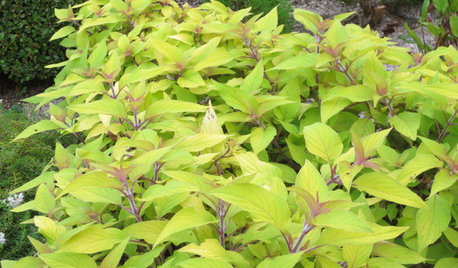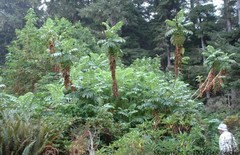MELIANTHUS (Melianth'us)
Stella_Blue
21 years ago
Featured Answer
Comments (13)
thor
21 years agoModjadje
21 years agoRelated Professionals
West Milford Landscape Architects & Landscape Designers · Barrington Hills Landscape Architects & Landscape Designers · Glendora Landscape Architects & Landscape Designers · Prairie Ridge Landscape Architects & Landscape Designers · Coeur d'Alene Landscape Contractors · Eagle Landscape Contractors · Manhattan Landscape Contractors · Pikesville Landscape Contractors · Rockville Landscape Contractors · Roseville Landscape Contractors · West Chicago Landscape Contractors · Dover General Contractors · Rocky Point General Contractors · Tyler General Contractors · Okolona Stone, Pavers & Concretecalistoga_al ca 15 usda 9
21 years agoSalvia_guy
21 years agosps_7_14
21 years agoModjadje
21 years agobahia
21 years agoStella_Blue
21 years agodavidrt28 (zone 7)
21 years agomatt_houghton
20 years agoian_wa
20 years agoCaroline
19 years ago
Related Stories

GARDENING GUIDESYour Garden: 6 Fragrant Plants Surprise and Delight
Enchant the senses and enliven your landscape with scented foliage that goes beyond everyday florals
Full Story
LANDSCAPE DESIGNExplore Your Garden Personality: The Traveler
Drawn to adventure and intrigue? These ideas will put discoveries around every turn of your lansdscape
Full Story






susi_so_calif